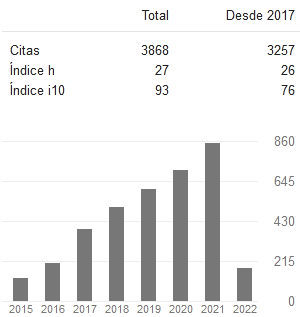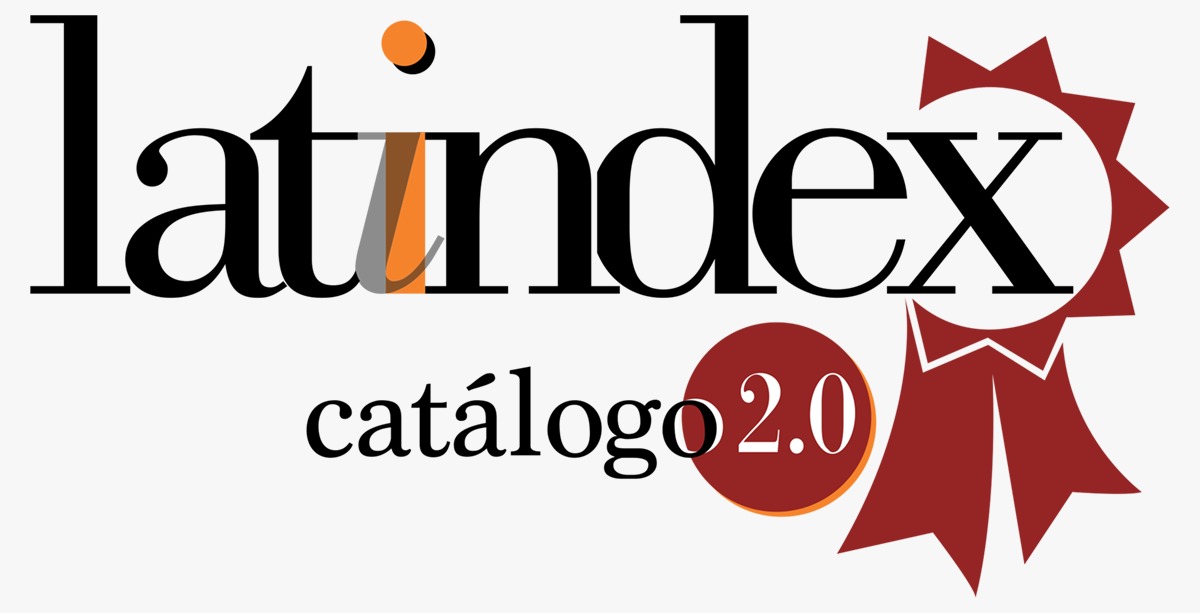TEACHING ENGLISH AS A SECOND LANGUAGE AND ITS GRAMMAR IN JUNIOR HIGH SCHOOL
Keywords:
Grammar; teaching; English; foreign language.Abstract
This article seeks to give answer to the question: should Grammar be taught in Junior High School? In order to do that some recommendations and precisions about the importance of teaching English as a second language in Cuban Junior High School are presented. This is done by using a communicative approach but without forgetting the three linguistic elements (phonetics, lexis and grammar), with emphasis in the last one. Today it is usual for Cuban students who are in the last years of their training as English teachers to spend most of their time doing practicum in Junior High Schools. They spend one or two hours to teach grammar, forgetting the communicative approach that is best for teaching foreign languages. This issue is also present in most of graduated teachers. Nowadays in Cuba English is taught by means of the communicative approach. It is supposed students should learn, mainly, how to speak, but using accuracy pronunciation, words or vocabulary they have already known and grammar structure. So it tries to suggest how to teach grammar inside the communicative approach. Teachers should work with it since students start to study the language.
References
Aguilar, M. A (2004). Chomsky la gramática generativa. Investigación y Educación, 3(7).
Borg, S. (2006). Teacher cognition and language education: Research and practice. London: Continuum.
Borg, S. & Burns, A. (2008). Integrating grammar in adult TESOL classrooms. Applied Linguistics, 29(3), 456-482.
Braga, D. B. & Busnardo, J. (2017). Metacognition and foreign language reading: fostering awareness of linguistic form and cognitive process in the teaching of ianguage through text. Lenguas Modernas, (20), 129-149.
Celce-Murcia, M., & Hilles, S. (1988). Techniques and resources in teaching grammar. Oxford University Press, USA.
Enriquez, I. (2001). Programa de Inglés para Secundaria Básica. La Habana: Editorial Pueblo y Educación.
Gamboa, M. E. (2018). Alternative to Train Math Teachers for Collaboration in English Speaking Countries. Diploma Paper for Bachelor’s Degree in Education Specializing in Foreign Languages. Las Tunas
Graus, J. & Coppen, P. A. (2016). Student teacher beliefs on grammar instruction. Language Teaching Research, 20(5), 571-599.
Larsen-Freeman, D. (2015). Research into practice: Grammar learning and teaching. Language Teaching, 48(2), 263-280.
Morrow, K. & Johnson, K. (1981). Communication in the classroom. London: Essex Longman.
Pérez, A. & Leyva, Y. (2016). Role-play in the communicative teaching of foreign languages. Opuntia Brava, 7(3).
Pérez, Y., Borrero, V.V. & Leyva, Y. (2016). Communicative task for the development of oral persuading presentation skills in English. Opuntia Brava, 8(4).
Richards, J. C., & Reppen, R. (2014). Towards a pedagogy of grammar instruction. RELC Journal, 45(1), 5-25.
Richards, J. C., & Rodgers, T. S. (2014). Approaches and methods in language teaching. Cambridge university press.
Rutherford, W. E. (2014). Second language grammar: Learning and teaching. Routledge.
Shintani, N., Ellis, R., & Suzuki, W. (2014). Effects of written feedback and revision on learners’ accuracy in using two English grammatical structures. Language Learning, 64(1), 103-131.
Uysal, H. H. & Bardakci, M. (2014). Teacher beliefs and practices of grammar teaching: focusing on meaning, form, or forms? South African Journal of Education, 34(1), 1-16.
Vázquez, N. & Gamboa, M.E. (2014). El desarrollo profesional mediante la formación permanente de los profesores de Matemática y Ciencias para trabajar en países de habla inglesa. Opuntia Brava, 6(2).
Downloads
Published
How to Cite
Conference Proceedings Volume
Section
License
Copyright (c) 2020 Ricardo Manuel Comendador Dieppa, Michel Enrique Gamboa Graus, Marisleydis Rivero Rojas

This work is licensed under a Creative Commons Attribution 4.0 International License.
Usted es libre de:
- Compartir — copiar y redistribuir el material en cualquier medio o formato
- Adaptar — remezclar, transformar y construir a partir del material para cualquier propósito, incluso comercialmente.
Bajo los siguientes términos:
- Atribución — Usted debe dar crédito de manera adecuada, brindar un enlace a la licencia, e indicar si se han realizado cambios. Puede hacerlo en cualquier forma razonable, pero no de forma tal que sugiera que usted o su uso tienen el apoyo de la licenciante.
- No hay restricciones adicionales — No puede aplicar términos legales ni medidas tecnológicas que restrinjan legalmente a otras a hacer cualquier uso permitido por la licencia.













































